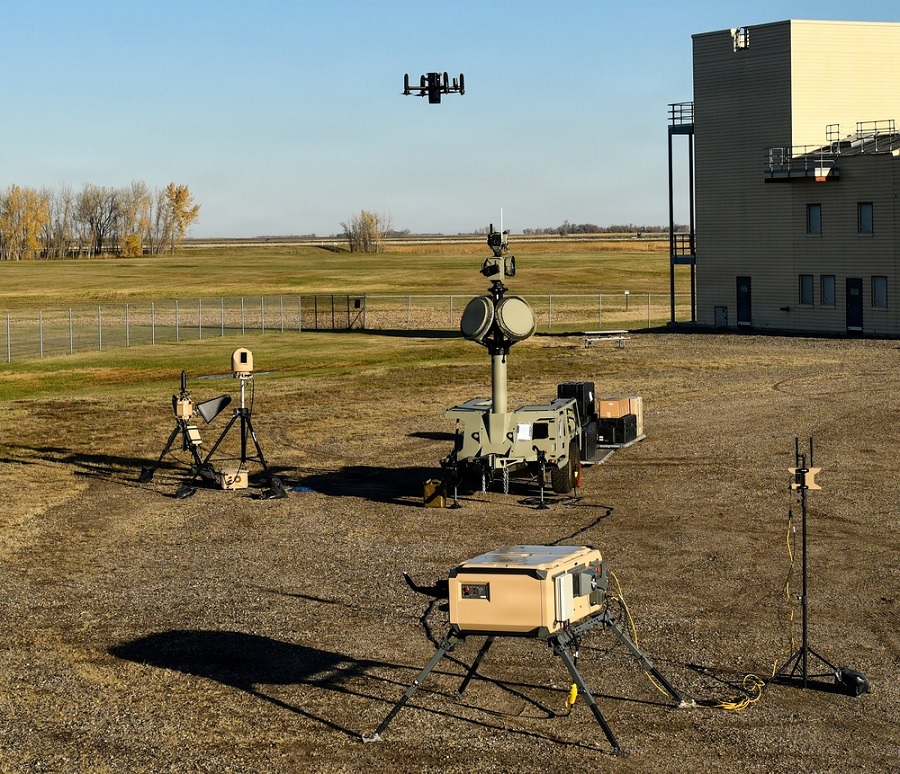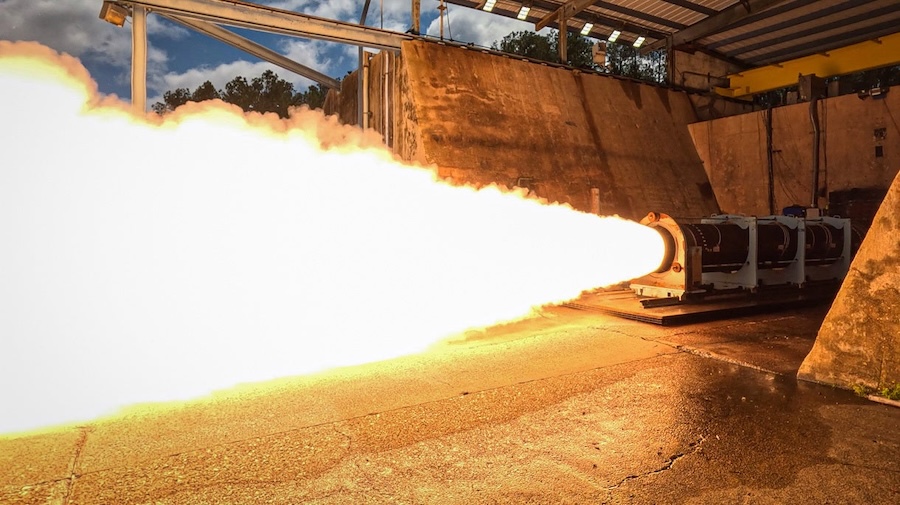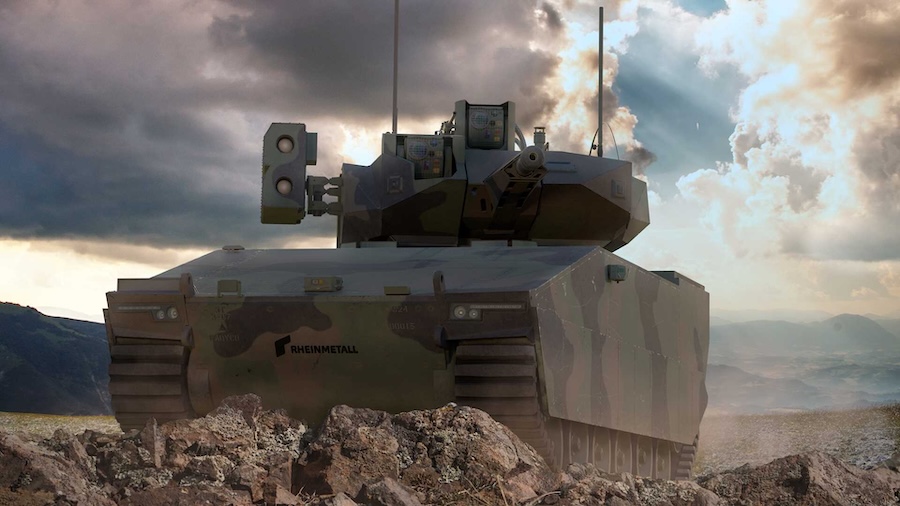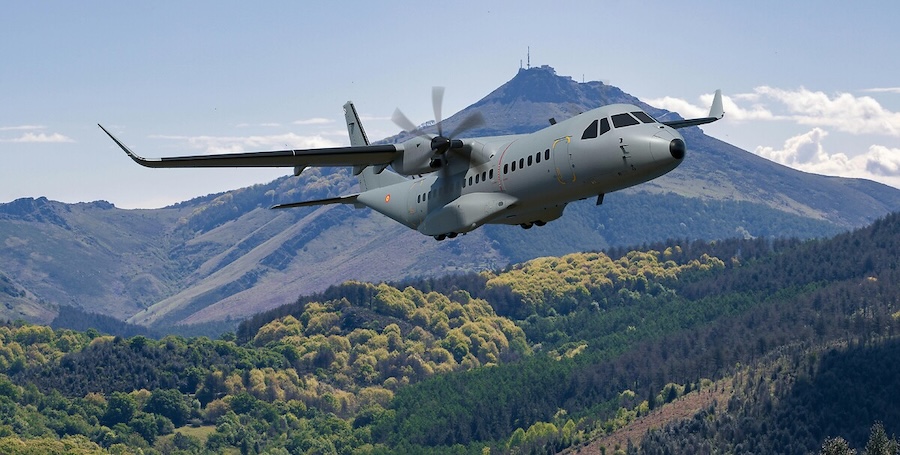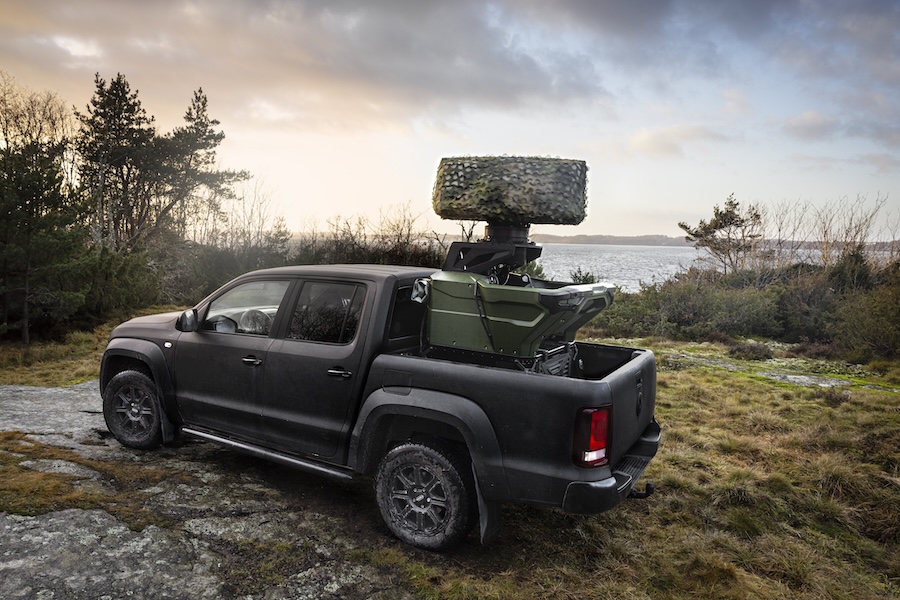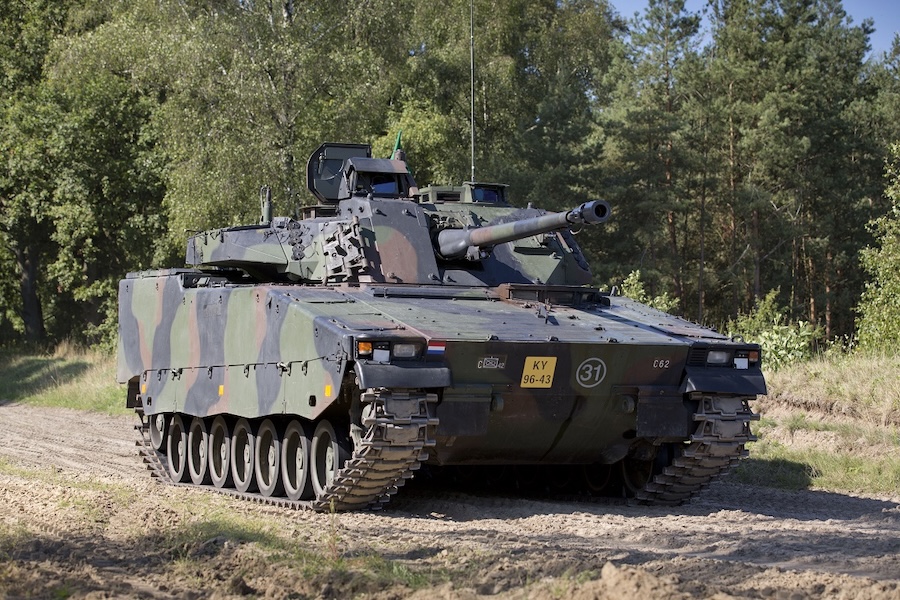“This team of 11 far exceeded expectations of operators whose first time seeing the system was 30 days ago,” said Chief Warrant Officer 3 Joey Frey, USNORTHCOM’s C-sUAS response programme manager. He explained that the deployment was the first operational evaluation of the kit, tracking the full process from mobilisation and transport to engagement and return.
The fly-away kit combines sensors and effectors to detect, track, identify and mitigate drone threats to military installations within the United States. It includes the Heimdal sensor trailer with radar and thermal optics, Anvil drone interceptors, the Pulsar electromagnetic warfare effector, and the AI-enabled Wisp infrared system.
Despite cold, windy, and wet conditions in North Dakota, the team fulfilled its mission, demonstrating the system’s capability in real-world environments. “I’m proud of the USNORTHCOM fly-away team and what they’ve been able to do in a short amount of time,” said Gen. Gregory Guillot, commander of NORAD and USNORTHCOM.
“The validation and certification of our Counter-small UAS fly-away kit is an important step in being able to support installation commanders within the United States as they defend against drone incursions,” Guillot added. He highlighted that USNORTHCOM has moved beyond an advisory role by fielding a team with deployable detection and defeat tools.
The team first trained with the system in September during exercise Falcon Peak 25.2 at Eglin Air Force Base in Florida, shortly after USNORTHCOM received the platform from manufacturer Anduril. Frey said the aim of the Minot deployment was to offer a “robust and challenging” scenario to test both the technology and the operators’ readiness.
“When you have personnel passionate about the mission set, the mission is easy,” Frey said. “The desire to protect and defend comes naturally and the eagerness to learn echoed the urgency of our mission.”
Maj. Austin Fairbairn, who led the C-sUAS team on the ground, said most team members had no prior background in drone defence but quickly adapted. “We brought together a group of people from different career fields, military services, and an assortment of personalities and turned them into a high-functioning team of C-sUAS professionals,” he said.
Providing direct support to the 5th Bomb Wing during their training “provided a solid foundation of skills” for real-world engagements, Fairbairn noted. The team gained hands-on experience with the system’s control interface, system calibration, and tactical best practices.
For Tech. Sgt. Ian Kay, a shift lead on the team and air transport expert with no prior UAS experience, the mission reinforced the importance of teamwork. “I learned that no matter your rank, service or career field, teamwork and mutual commitment are what make the mission successful,” he said.
The deployment also included legal and procedural coordination to ensure the base commander could operate within proper authority during drone defence. Cmdr. Brian Dudley, USNORTHCOM’s Joint Counter-UAS Planner, said the installation’s 10 U.S.C. 130i defence plan was reviewed and updated to integrate the new capability.
“The rapid development, or revision of, a 130i counter-UAS defense plan is critical to the protection of installations experiencing UAS incursions,” Dudley said. He added that installation commanders also maintain inherent self-defence authority under standing rules of force use.
The exercise marked a key milestone for USNORTHCOM’s evolving domestic drone defence role. “Their ability to adapt to an unfamiliar mission set and learn the tactics of air defenders was a breath of fresh air,” Frey said.




